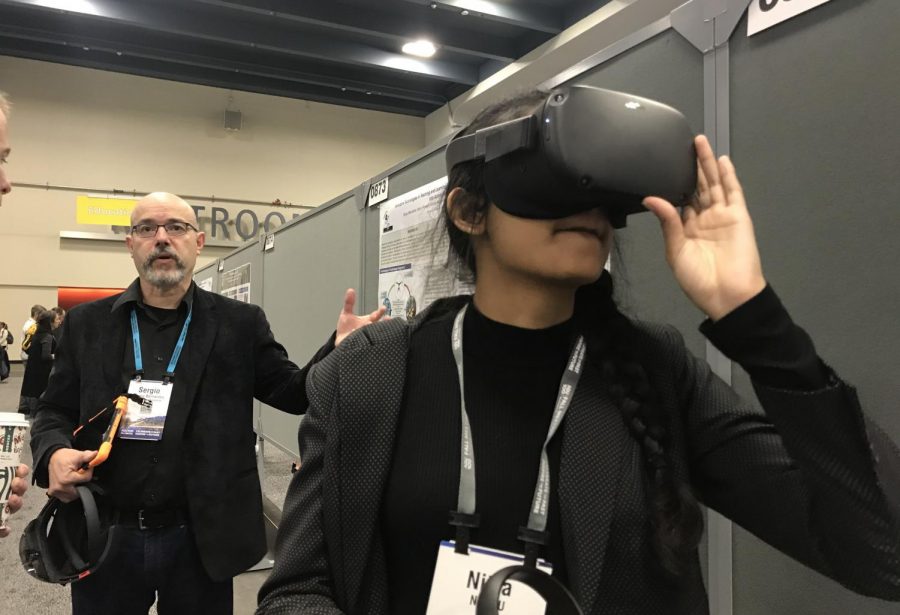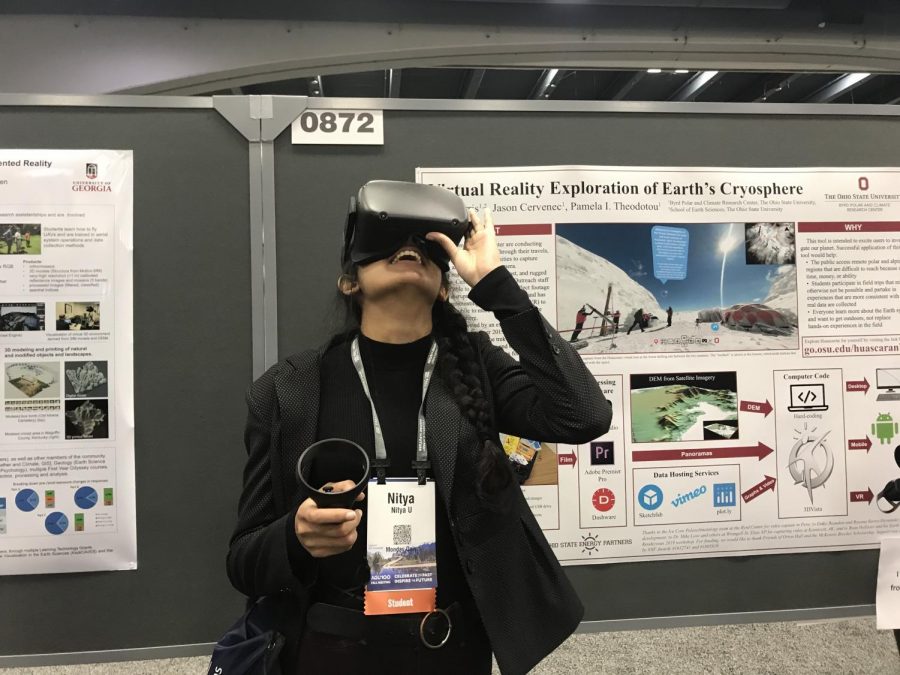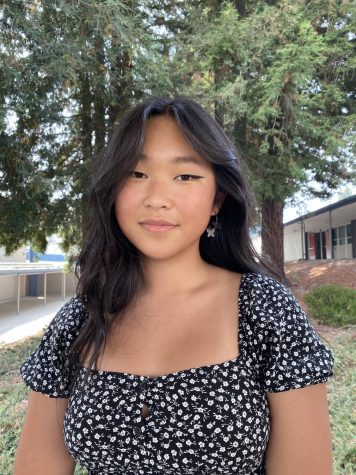SF Conference Offers Diverse Science Exploration
December 13, 2019
AP Environmental Science (APES) students interested in innovative scientific research attended the American Geophysical Union Centennial Conference at the Moscone Center in San Francisco on December 9. While some students found the highly advanced research hard to process, both teachers and students agreed that it was still a valuable learning experience.
Though the conference showcased many new science innovations, the advanced nature of the material made it challenging for students to access. “A lot of the stuff was very confusing for a high school level, so it was very hard for, for me at least, to understand it because it’s just a lot of stuff that like, people at a high school education would not know about,” said junior Nitya Uthayakumar.
APES teacher Jane Kelson said it is perfectly normal for anyone, not just students, to find cutting-edge research confusing, and that it is still important for high-school students to see how scientists interact.
“Even scientists that are working in 1 field, if they go to a talk in another field, they know they’re going to hear a lot of domain specific vocabulary that they’re not going to understand,” said Kelson. “But it’s not a reason to not go because you can still get the overarching theme, even if you don’t understand the nitty-gritty details. Then if you find out it’s something that you are interested in delving into for your own personal interests, then you go learn that domain specific vocabulary and you start interacting with that field of research.”
During the conference, students were able to attend town halls and research talks, and they were able to talk 1-on-1 with scientists about their work.
“I like that students have the opportunity to see research that they’re interested in because with 2000 scientists presenting on a given day, it’s a lot bigger and there’s a lot of variety so students can see fore-front research in an area that they’re interested in,” said Kelson.
The AGU Conference is renowned internationally, and people of all nationalities attended.
“There are so many different people speaking so many different languages, like someone was able to teach to me greening and agricultural versus native plant species that was from China, which was an incredible experience to witness and to be a part of. I think that’s something that is an important factor in this conference and especially for the students who get to witness that face-to-face interaction,” said English teacher Erin Cody, who chaperoned the trip.
Students were appreciative of the level of interaction they were able to have with the scientists through the poster-hall presentations.
“There was a lot of them that were really hands on, like there was 1 Virtual Reality [headset] that they let me try on to see the surroundings. I learned about how they are using VR for educational use and I thought that was really cool,” said Uthayakumar. “The people were really enthusiastic and there were a lot of issues being talked about that had not come to my attention. A lot of sciences that I didn’t even know were avenues that people explored.”
Teachers hoped the conference would pique student interest and motivate them to consider science as a future career. “I hope that they learn that sciences are profession. Many people are engaged in sciences and profession, and also that a lot of really good work is being done particularly in the areas that we need to move forward in quickly, like climate change and climate change mitigation, in so many aspects of our lives,” said Kelson.


